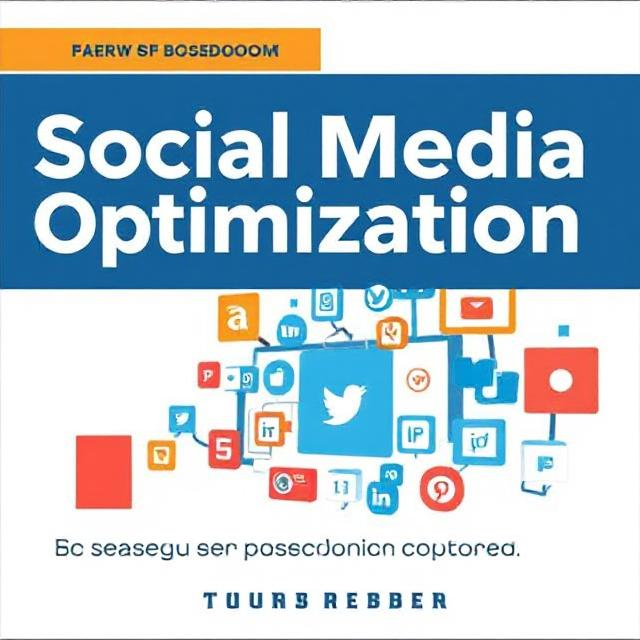Best Practices For E-Commerce Website Design
Creating an effective e-commerce website requires a well-structured design that enhances user experience, increases conversions, and builds brand trust. Here are the best practices for e-commerce website design: 1. Prioritize a Clean and Simple Layout A clutter-free design makes navigation easier and improves user experience. Use a minimalistic approach with clear categories, white space, and well-organized product listings. 2. Ensure Mobile Responsiveness With a large percentage of online shoppers using mobile devices, your website must be fully responsive. Use a mobile-first design strategy and test across different screen sizes. 3. Optimize Website Speed Slow-loading pages increase bounce rates and hurt conversions. Optimize images, enable caching, and use a content delivery network (CDN) to improve load times. 4. Create an Easy-to-Use Navigation System Ensure your navigation is intuitive by: 5. Use High-Quality Product Images and Videos Visuals play a crucial role in online shopping. Use high-resolution images, multiple angles, zoom-in features, and product videos to provide a detailed view of your products. 6. Write Clear and Persuasive Product Descriptions Your product descriptions should be informative, engaging, and SEO-friendly. Highlight key features, benefits, materials, dimensions, and any unique selling points. 7. Implement a Secure and Seamless Checkout Process Reduce cart abandonment by: 8. Optimize for SEO Improve search engine visibility by: 9. Integrate Customer Reviews and Ratings Customer reviews build trust and influence purchasing decisions. Display authentic testimonials, user-generated images, and ratings prominently on product pages. 10. Offer Personalized Shopping Experiences Enhance user engagement with: 11. Implement Live Chat and Customer Support Providing instant customer support via live chat, chatbots, or a help center improves customer satisfaction and boosts conversions. 12. Use a Strong Call-To-Action (CTA) Encourage action with clear and compelling CTAs like: 13. Enhance Site Security Protect customer data with SSL certificates, two-factor authentication, and regular security audits. Ensure GDPR and other privacy law compliance. 14. Utilize Social Proof and Trust Signals Boost credibility by showcasing: 15. Optimize for Fast and Reliable Customer Support Provide easy-to-access support through email, phone, and social media. Ensure FAQs and self-help guides are available for common questions.















